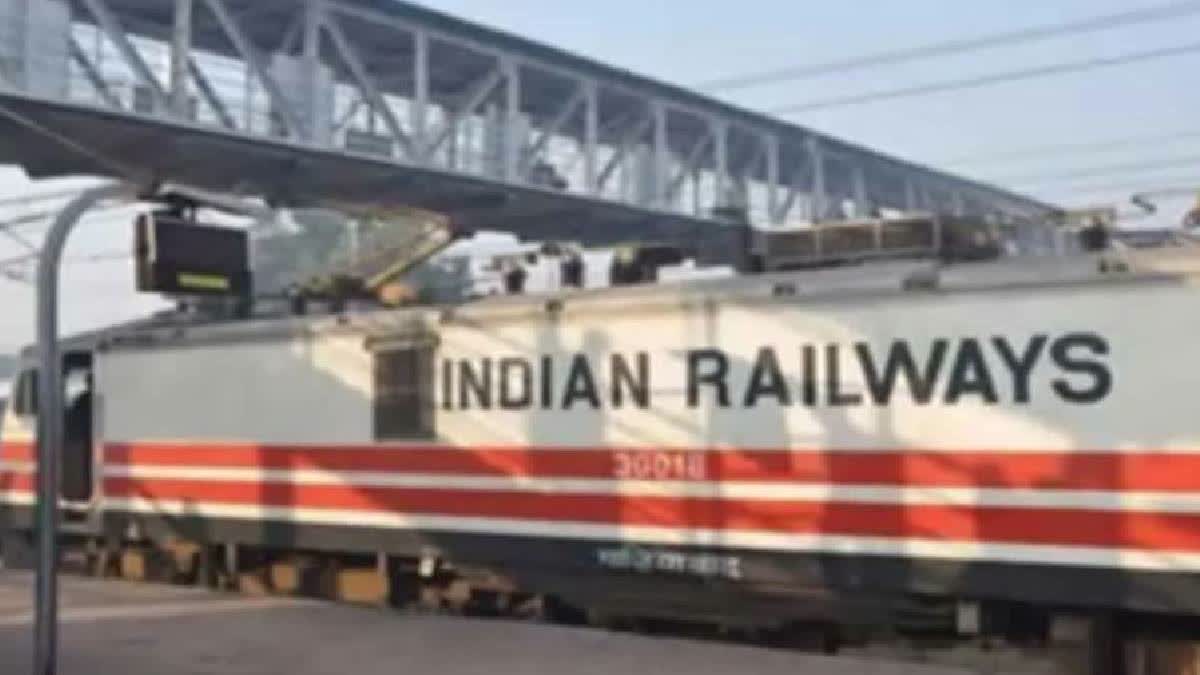New Delhi: In a bid to ensure the safe operation of train services during strong winds and storms, the Indian Railways is installing Electronic Anemometer for wind monitoring in Western zone, a senior Railway official told ETV Bharat.
According to railway officials, this device will be installed at the high wind and storm-prone areas for monitoring wind speed. If the device detects that wind speed is higher than 72 Kmph, it will send an alarm to the operational control centre so that the train's speed can be adjusted or its operation can be halted.
Mentioning the benefits of Anemometers in railway operation, Vineet Abhishek, Chief Public Relations Officer, Western Railways said the railways is installing Anemometers at areas prone to high winds and storms to get real-time data of wind speed for safe operation of trains. This information enables the railway authorities to make informed decisions on whether to slow down or halt trains.
At least 26 Anemometer towers have been installed in Western Railways and a data gathering point has been established at Station Master Office which is nearby to identify high wind-prone zones, the CPRO said.
“This type of Electronic Anemometer has been used for the first time in Western Railways. However, earlier mechanical anemometers were used in the areas,” the Railway official said.
The installation of Anemometers is a significant step towards enhancing safety and efficiency within the rail network. “This vital information enables the railway authorities to make decisions such as slowing down or halting trains during high winds thereby preventing accidents and ensuring passengers’ safety,” Abhishek informed.
Additionally, the data collection will assist in the long-term planning of infrastructure and will also help to identify and mitigate potential risk before they become critical, the railways said.
What is Anemometer:
An Anemometer is a type of Disaster Prevention System designed to provide real-time wind speed data within the range of 0-252 Kmph, spanning 0 to 360 degrees. If wind speeds range from 72 Kmph to 130 Kmph, train speed will be adjusted accordingly. The Operation Control Centre (OCC) will monitor wind speeds through the Anemometers installed at various locations.
How it works
An Anemometer works in different types but the most common is a wheel with three or four cups attached to horizontal pipes attached to a vertical pipe. It makes a recording during rotation by the amount of wind pressure against a surface.
Read more
Railways to Install Integrated Security System at 199 Stations: Ashwini Vaishnaw



